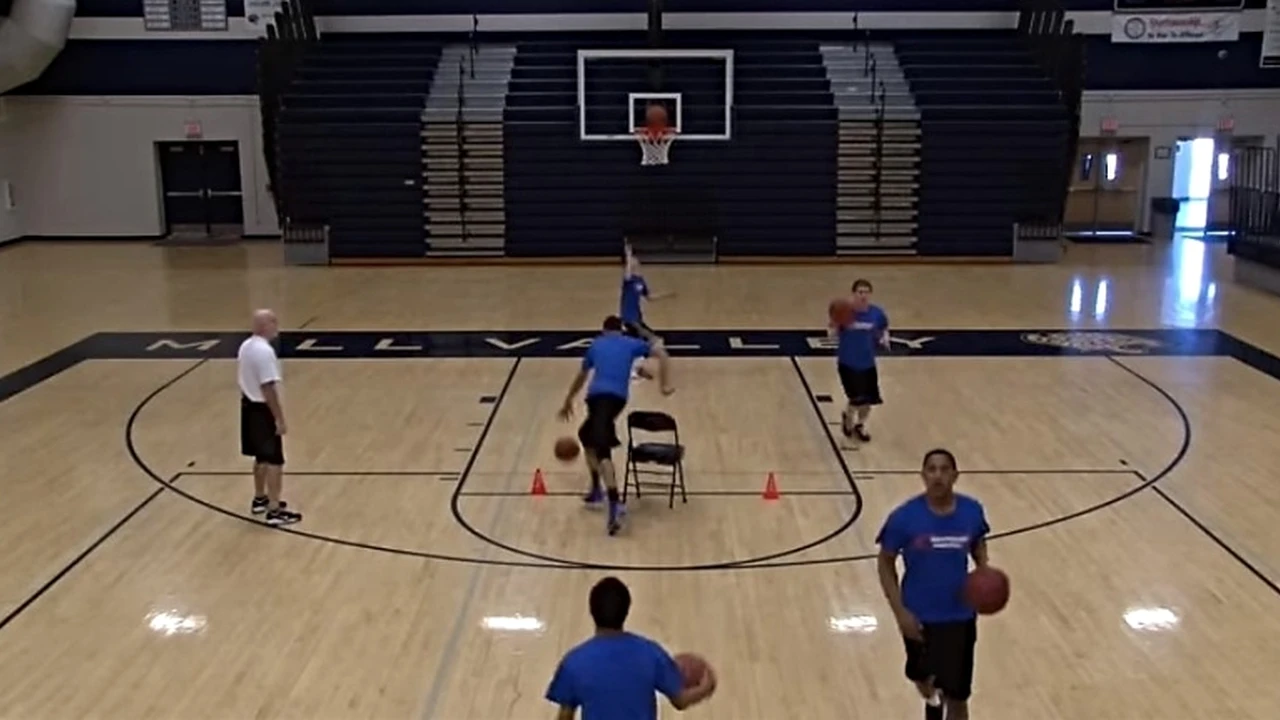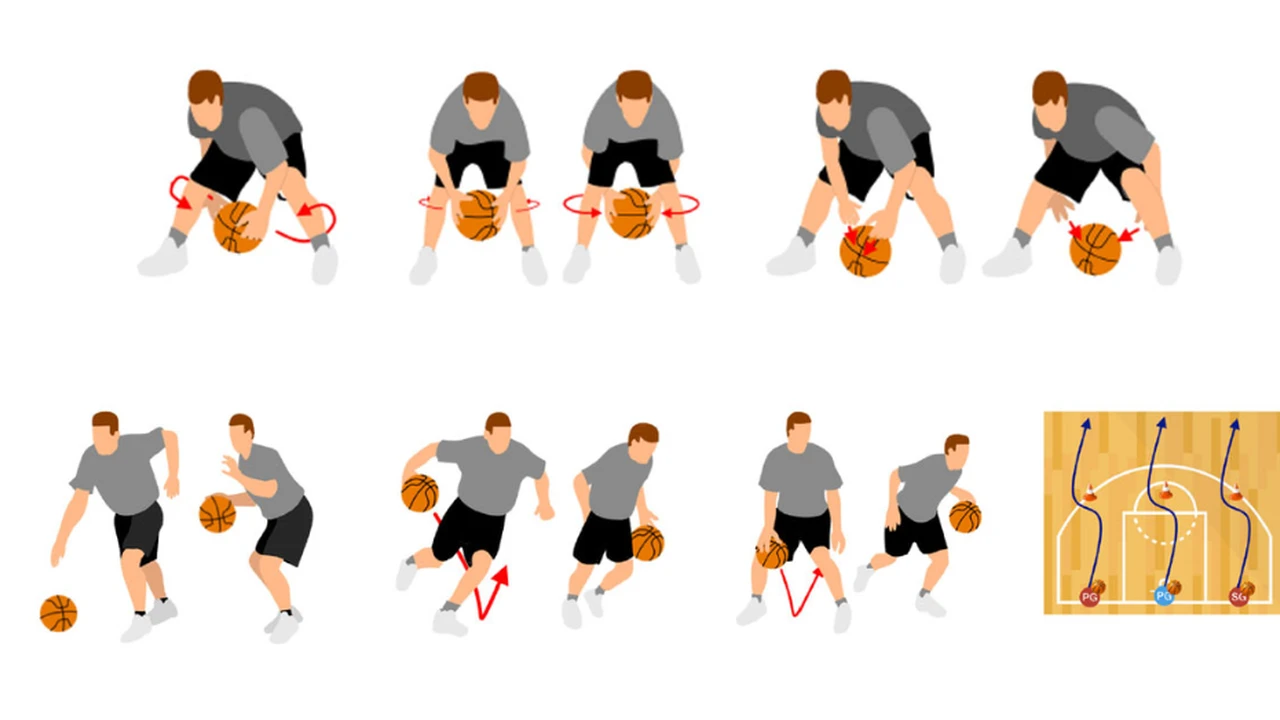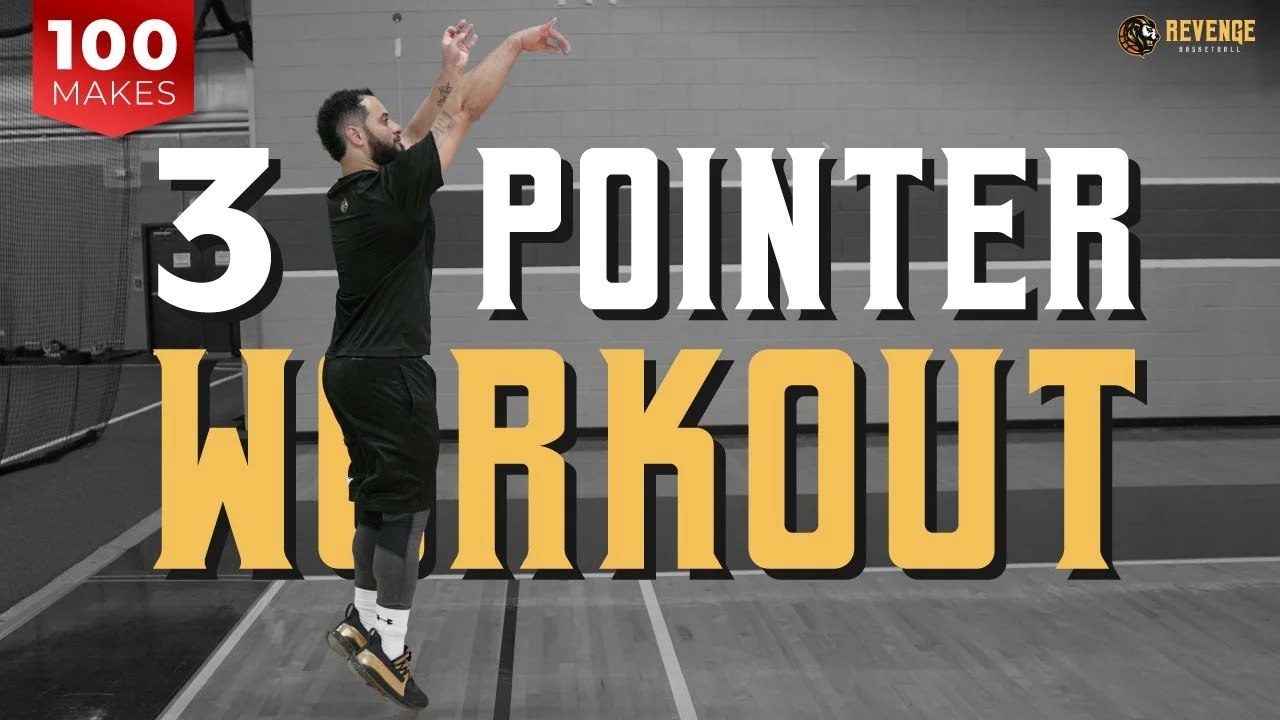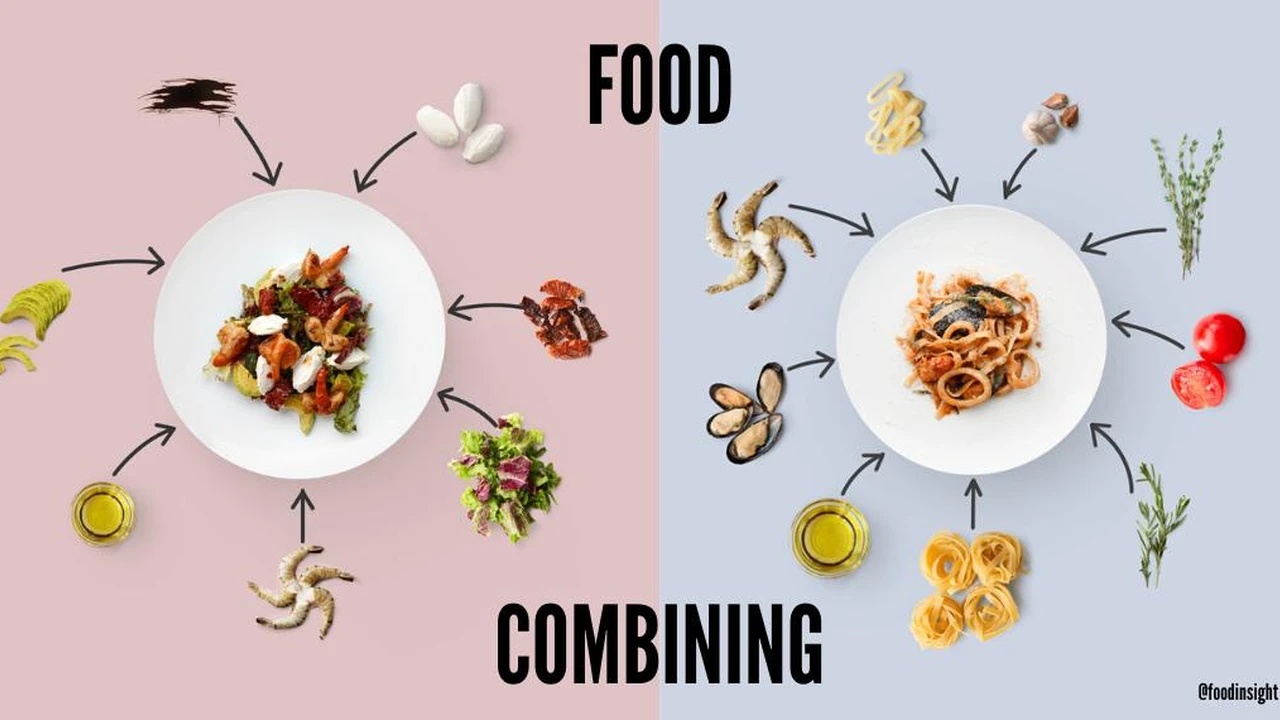7 Best Dribbling Drills for Game Speed

Introduction to Advanced Dribbling and Game Speed
Alright, let's talk dribbling. Not just any dribbling, but the kind that leaves defenders in the dust and gets you to the basket with lightning speed. We're talking *game speed dribbling*, the kind that translates directly to on-court success. Think of it like this: you can practice all the fancy moves you want in an empty gym, but if you can't execute them when the pressure's on, with a defender breathing down your neck, what's the point? That's where these advanced dribbling drills come in. They're designed to not only improve your ball handling skills but also to condition your mind and body to react quickly and decisively under pressure. We're going to break down seven of the absolute best drills that will help you unlock that next level of speed and agility on the court. Get ready to work!
Drill 1: The Crossover Speed Burst Drill for Enhanced Ball Control
First up, we have the Crossover Speed Burst Drill. This drill is all about developing explosive crossover speed and maintaining control of the ball while changing direction at full speed. It's a staple for guards and anyone who needs to create separation from their defender. Imagine you're driving to the basket, a defender cuts you off – a quick, decisive crossover allows you to shift your momentum and blow right past them. This drill will help you master that move.
How to perform the Crossover Speed Burst Drill:
- Start at the baseline with the ball in your dominant hand.
- Dribble at a controlled speed towards the opposite baseline.
- At predetermined points (e.g., every other line on the court), execute a sharp crossover dribble. Focus on pushing off your outside foot and exploding in the new direction.
- Immediately accelerate after the crossover. The key is to maintain a low center of gravity and keep your eyes up.
- Continue this pattern until you reach the opposite baseline.
- Repeat the drill, alternating your starting hand each time.
Pro Tip: Focus on keeping the ball low to the ground during the crossover. A high dribble telegraphs your move and gives the defender time to react. Also, practice varying the speed of your crossovers – sometimes a quick, subtle crossover is more effective than a flashy one.
Why this drill works: This drill forces you to react quickly and change direction while maintaining control of the ball. The speed bursts in between crossovers help you develop the explosiveness needed to create separation from defenders. The repetition builds muscle memory and improves your overall ball-handling skills.
Drill 2: The Reaction Dribble Cone Weave for Improved Agility and Decision Making
Next, we have the Reaction Dribble Cone Weave. This drill focuses on improving your agility, coordination, and decision-making skills while dribbling through a set of cones. It simulates the chaos of a game situation where you need to react quickly to changing circumstances. Think of navigating through traffic on a fast break, making split-second decisions about which path to take to the basket. This drill will sharpen your reflexes and improve your ability to handle the ball under pressure.
How to perform the Reaction Dribble Cone Weave:
- Set up a line of cones, spaced approximately 3-4 feet apart.
- Have a partner stand near the cones and randomly point to either the left or right of each cone as you approach it.
- Your goal is to dribble around the cone on the side indicated by your partner.
- Focus on maintaining a low center of gravity, keeping your eyes up, and reacting quickly to your partner's signals.
- Repeat the drill several times, alternating your starting hand and varying the speed at which you dribble.
Pro Tip: Don't anticipate your partner's signals. React to them as quickly as possible. Also, focus on using different dribbling moves (e.g., crossovers, behind-the-back dribbles, in-and-outs) to navigate the cones. This will help you develop a more versatile dribbling arsenal.
Why this drill works: The Reaction Dribble Cone Weave forces you to process information quickly and make split-second decisions while maintaining control of the ball. The unpredictable nature of the drill simulates the chaos of a game situation and helps you develop the mental toughness needed to perform under pressure.
Drill 3: The Figure Eight Dribble with Speed Variations for Rhythm and Coordination
The Figure Eight Dribble with Speed Variations is a classic drill that's essential for developing rhythm, coordination, and ball control. It focuses on mastering the fundamental dribbling movements and improving your ability to handle the ball with both hands. This drill is like the foundation upon which all other advanced dribbling skills are built. A solid figure eight dribble translates to smoother, more controlled movements on the court.
How to perform the Figure Eight Dribble with Speed Variations:
- Set up two cones approximately 3-4 feet apart.
- Start with the ball in your dominant hand.
- Dribble the ball around the outside of one cone, then weave it through your legs to the other cone.
- Continue dribbling around the outside of the second cone, then weave it back through your legs to the first cone.
- Repeat this pattern, forming a figure eight shape.
- Vary the speed at which you dribble – sometimes dribble slowly and deliberately, focusing on control, and other times dribble as fast as you can while maintaining control.
- Switch hands periodically to develop your non-dominant hand.
Pro Tip: Keep your eyes up as much as possible during the drill. This will help you develop court awareness and improve your ability to pass and shoot while dribbling. Also, focus on keeping the ball low to the ground and using your fingertips to control the ball.
Why this drill works: The Figure Eight Dribble with Speed Variations helps you develop rhythm, coordination, and ball control. The weaving motion through your legs improves your dexterity and helps you become more comfortable handling the ball in tight spaces. The speed variations challenge you to maintain control of the ball at different speeds and improve your overall ball-handling skills.
Drill 4: The Two-Ball Dribbling Series for Ambidexterity and Focus Enhancement
Now we're stepping it up a notch with the Two-Ball Dribbling Series. This drill is designed to improve your ambidexterity, coordination, and focus. It forces you to use both hands simultaneously, which helps to develop your non-dominant hand and improve your overall ball-handling skills. Think of it as multitasking on the court – being able to handle the ball effectively with both hands opens up a whole new range of possibilities for passing, shooting, and creating scoring opportunities. Mastering this drill shows serious dedication to upping your game.
How to perform the Two-Ball Dribbling Series:
- Start with a ball in each hand.
- Begin with basic dribbling drills, such as dribbling both balls simultaneously at the same height.
- Progress to more advanced drills, such as alternating dribbles, dribbling one ball high and one ball low, and dribbling both balls in a figure eight pattern.
- Focus on maintaining a consistent rhythm and keeping your eyes up.
- Experiment with different variations to challenge yourself and improve your skills.
Pro Tip: Start slowly and gradually increase the speed as you become more comfortable. Don't get discouraged if you struggle at first – two-ball dribbling is challenging, even for experienced players. Also, focus on maintaining a relaxed grip on the ball and using your fingertips to control the ball.
Why this drill works: The Two-Ball Dribbling Series forces you to use both hands simultaneously, which helps to develop your non-dominant hand and improve your overall ball-handling skills. It also improves your coordination, focus, and mental toughness. The variety of drills keeps you engaged and challenged, which helps you stay motivated and improve your skills.
Drill 5: The Pressure Dribble with Live Defense for Game-Like Simulation and Mental Toughness
Next up is the Pressure Dribble with Live Defense. This drill simulates the pressure of a game situation and helps you develop the mental toughness and ball-handling skills needed to perform under pressure. It's one thing to practice dribbling in an empty gym, but it's a completely different experience to dribble with a defender trying to steal the ball from you. This drill bridges that gap and prepares you for the intensity of live game action. This is where you truly hone your skills and test your resilience.
How to perform the Pressure Dribble with Live Defense:
- Have a defender guard you closely while you dribble the ball.
- The defender should apply pressure, trying to force you to turn the ball over.
- Your goal is to maintain control of the ball, protect it from the defender, and create space to pass or shoot.
- Use a variety of dribbling moves, such as crossovers, behind-the-back dribbles, and in-and-out dribbles, to keep the defender off balance.
- Focus on keeping your head up, seeing the floor, and making smart decisions.
Pro Tip: Don't be afraid to make mistakes. The goal of this drill is to learn how to handle pressure and recover from mistakes. Also, focus on using your body to protect the ball and create space between you and the defender. A strong forearm can be a very effective tool for keeping the defender at bay.
Why this drill works: The Pressure Dribble with Live Defense simulates the pressure of a game situation and helps you develop the mental toughness and ball-handling skills needed to perform under pressure. It forces you to react quickly to the defender's movements and make smart decisions under duress. The experience of playing against live defense will help you become more confident and comfortable handling the ball in game situations.
Drill 6: The Weighted Ball Dribbling for Strength and Enhanced Ball Handling
Now let's add some resistance! We're talking about Weighted Ball Dribbling. This drill focuses on developing strength and power in your hands, wrists, and forearms, which translates to improved ball handling and control. Think of it like strength training for your dribbling muscles. Using a weighted ball increases the resistance, forcing your muscles to work harder and become stronger. This increased strength and control will allow you to dribble with more force and precision, even when fatigued. It's like having power steering for your dribbling!
Choosing the Right Weighted Ball: You'll want to start with a weighted ball that's only slightly heavier than a regulation basketball. A ball that's too heavy can lead to injury. Look for a ball that's between 3-5 pounds heavier than a standard basketball. The Spalding Weighted Training Basketball is a popular choice, known for its durability and consistent weight distribution. It typically retails for around $40-$60. Another option is the SKLZ Control Basketball, which also focuses on improving ball handling skills. It's often priced similarly. When comparing, consider the grip and feel of the ball – you want something that feels comfortable in your hands.
How to perform the Weighted Ball Dribbling:
- Use a weighted basketball for your regular dribbling drills, such as stationary dribbling, crossovers, behind-the-back dribbles, and figure eight dribbles.
- Focus on maintaining good technique and using proper form.
- Start with short sessions (e.g., 10-15 minutes) and gradually increase the duration as you become stronger.
- Be sure to warm up properly before each session and cool down afterwards.
Pro Tip: Don't overdo it! Using a weighted ball can put extra stress on your joints, so it's important to listen to your body and avoid pushing yourself too hard. Also, focus on maintaining a relaxed grip on the ball and using your fingertips to control the ball. Don't try to muscle the ball – let your technique do the work.
Why this drill works: Weighted Ball Dribbling strengthens your hands, wrists, and forearms, which improves your ball handling and control. The added resistance forces your muscles to work harder, leading to increased strength and power. The increased strength will allow you to dribble with more force and precision, even when fatigued.
Product Recommendation: Spalding Weighted Training Basketball
As mentioned earlier, the Spalding Weighted Training Basketball is a solid choice for this drill. It's a durable and well-constructed ball that provides consistent weight distribution. The grip is similar to a standard basketball, making it easy to transition between the weighted ball and a regular ball. Its price point is reasonable, making it accessible to most players. Consider reading online reviews to see what other players are saying about it.
Use Cases for the Spalding Weighted Training Basketball:
- Improving dribbling skills for basketball players of all levels
- Strengthening hands, wrists, and forearms for better ball control
- Developing the ability to dribble with more force and precision
- Enhancing overall basketball performance
Drill 7: The Full-Court Sprint Dribble with Change of Pace for Endurance and Control Under Fatigue
Finally, we have the Full-Court Sprint Dribble with Change of Pace. This drill is all about building endurance and maintaining control of the ball when you're fatigued. It simulates the demands of a real game, where you need to be able to dribble effectively even when you're tired. Think of running a fast break in the fourth quarter, with the game on the line – you need to be able to sprint down the court and make a smart play, even when your legs are burning. This drill will help you develop the stamina and mental toughness needed to perform at your best, even when you're exhausted.
How to perform the Full-Court Sprint Dribble with Change of Pace:
- Start at one baseline with the ball.
- Sprint the length of the court, dribbling the ball as fast as you can while maintaining control.
- At predetermined points (e.g., every other line on the court), change your pace – sometimes sprint, sometimes jog, and sometimes walk.
- Focus on maintaining a low center of gravity, keeping your eyes up, and using proper dribbling technique.
- Repeat the drill several times, varying the pace and the length of the sprints.
Pro Tip: Focus on breathing properly during the drill. Deep, controlled breaths will help you maintain your energy level and prevent fatigue. Also, focus on using your fingertips to control the ball and keeping your head up to see the floor. Don't let fatigue compromise your technique.
Why this drill works: The Full-Court Sprint Dribble with Change of Pace builds endurance and helps you maintain control of the ball when you're fatigued. The sprints improve your cardiovascular fitness, while the changes of pace challenge you to maintain control of the ball at different speeds. The repetition helps you develop the mental toughness needed to perform at your best, even when you're exhausted.
Choosing the Right Basketball for Dribbling Drills: Detailed Information
Selecting the appropriate basketball is crucial for maximizing the effectiveness of these dribbling drills. While the Spalding NBA Zi/O Excel basketball is a popular choice, let's delve into other factors and alternatives.
Factors to Consider:
- Material: Leather basketballs offer superior grip and feel, especially as they break in. However, they are primarily for indoor use. Composite leather basketballs provide a good balance of grip and durability for both indoor and outdoor play. Rubber basketballs are the most durable and affordable, ideal for outdoor use on rough surfaces, but they may lack the grip of leather or composite options.
- Size and Weight: Official size 7 (29.5 inches) and weight (22 ounces) basketballs are standard for men's games. Size 6 (28.5 inches) basketballs are used for women's games and youth players. Using the correct size and weight is essential for developing proper technique.
- Grip: Look for a basketball with deep channels and a textured surface for optimal grip. This will help you maintain control of the ball, especially during fast-paced dribbling drills.
- Durability: Consider the playing environment. If you primarily play outdoors, choose a durable rubber or composite leather basketball. For indoor use, a leather or high-quality composite leather ball is preferable.
- Price: Basketball prices range from around $20 for basic rubber models to over $100 for high-end leather options. Balance your budget with your needs and playing frequency.
Alternative Basketball Recommendations:
- Wilson Evolution Game Basketball: A favorite among indoor players, known for its soft feel and excellent grip. Price: $70-$80.
- Spalding NBA Zi/O Excel Basketball (Composite Leather): A versatile option suitable for both indoor and outdoor play. Offers good grip and durability. Price: $40-$50.
- Molten GG7X Basketball: A high-quality composite leather basketball with excellent grip and durability. Popular among international players. Price: $60-$70.
- Nike Versa Tack Basketball: A durable rubber basketball with a good grip, ideal for outdoor use. Price: $25-$35.
Basketball Maintenance Tips:
- Inflation: Maintain the correct inflation pressure as indicated on the ball. Overinflation can make the ball too hard and difficult to control, while underinflation can affect its bounce and performance.
- Cleaning: Regularly clean your basketball with a damp cloth to remove dirt and grime. Avoid using harsh chemicals or abrasive cleaners.
- Storage: Store your basketball in a cool, dry place away from direct sunlight and extreme temperatures.
- Rotation: Rotate your basketballs regularly to ensure even wear.
Integrating Dribbling Drills into Your Training Regimen
These drills are most effective when incorporated strategically into your overall training plan. Here's how to optimize your training:
Warm-up: Always begin with a thorough warm-up, including dynamic stretching and light cardio, to prepare your muscles for activity. This helps prevent injuries and improves performance.
Frequency: Aim to incorporate these dribbling drills into your training regimen 2-3 times per week. Consistency is key to developing lasting improvements.
Duration: Each dribbling session should last approximately 30-60 minutes, depending on your fitness level and goals.
Progression: Gradually increase the difficulty of the drills as you improve. This can involve increasing the speed, adding more complex moves, or incorporating live defense.
Rest and Recovery: Allow adequate rest between sets and between training sessions to allow your muscles to recover and rebuild. Sleep is also crucial for muscle recovery and overall performance.
Variety: Mix up your dribbling drills to keep your training engaging and prevent plateaus. Incorporate new drills and variations to challenge yourself and continue to improve.
Focus on Technique: Always prioritize proper technique over speed or intensity. Good technique is essential for preventing injuries and maximizing performance.
Advanced Dribbling Moves and Their Applications
Once you've mastered the fundamental dribbling drills, you can start incorporating more advanced moves into your game. Here are a few examples:
- The Hesitation Dribble: A subtle change of pace that can freeze defenders and create scoring opportunities.
- The In-and-Out Dribble: A quick fake that can throw defenders off balance and open up driving lanes.
- The Behind-the-Back Dribble: A flashy move that can be used to change direction quickly or create space.
- The Spin Dribble: A powerful move that can be used to escape pressure and drive to the basket.
- The Crossover Dribble (Variations): Practice different types of crossovers, including low crossovers, hesitation crossovers, and behind-the-back crossovers.
These advanced moves are most effective when used sparingly and strategically. Don't overuse them, or they will become predictable. Practice these moves in game-like situations to develop the timing and coordination needed to execute them effectively.
Analyzing Professional Players' Dribbling Techniques
One of the best ways to improve your dribbling skills is to study the techniques of professional players. Watch videos of players like Kyrie Irving, Stephen Curry, and Jamal Crawford, and pay close attention to their footwork, hand placement, and body language. Notice how they use different dribbling moves to create space, attack the basket, and control the game. Try to emulate their techniques in your own training sessions.
Key Aspects to Observe:
- Low Center of Gravity: Observe how these players maintain a low center of gravity to improve their balance and control.
- Hand Position: Notice how they use their fingertips to control the ball and keep their hands relaxed.
- Head Up: Pay attention to how they keep their heads up to see the floor and make smart decisions.
- Change of Pace: Observe how they use changes of pace to keep defenders off balance.
- Creativity: Notice how they use a variety of dribbling moves to create scoring opportunities.
By studying the techniques of professional players, you can gain valuable insights into how to improve your own dribbling skills.
:max_bytes(150000):strip_icc()/277019-baked-pork-chops-with-cream-of-mushroom-soup-DDMFS-beauty-4x3-BG-7505-5762b731cf30447d9cbbbbbf387beafa.jpg)






